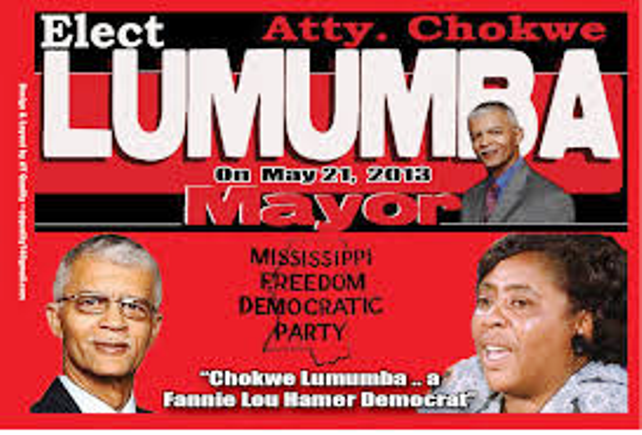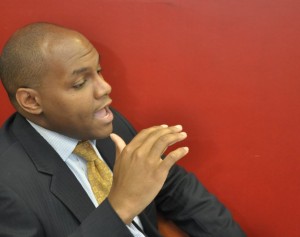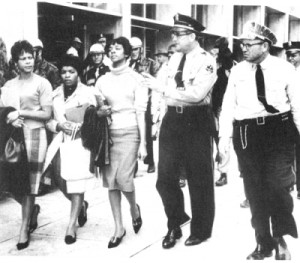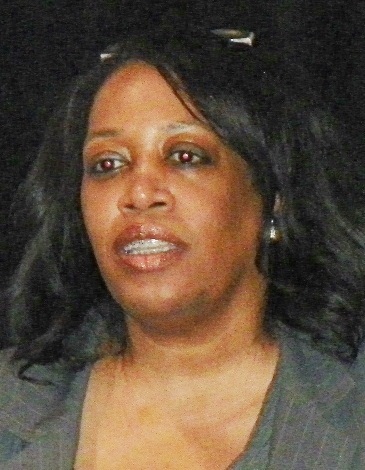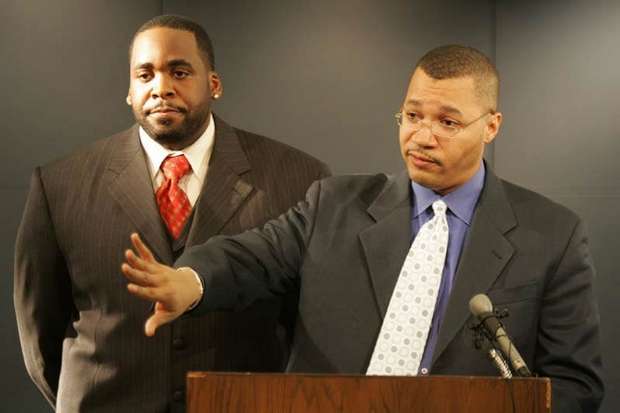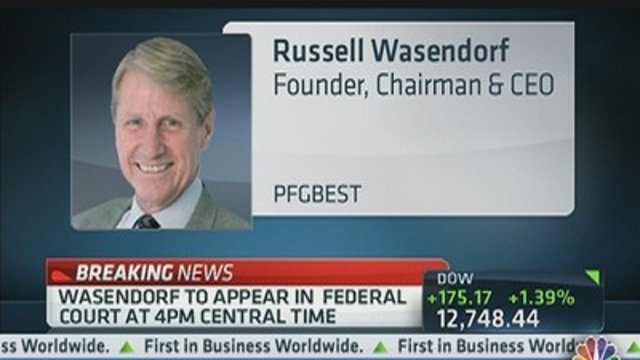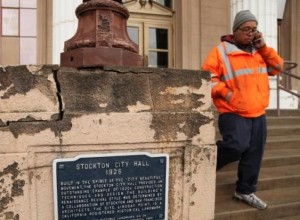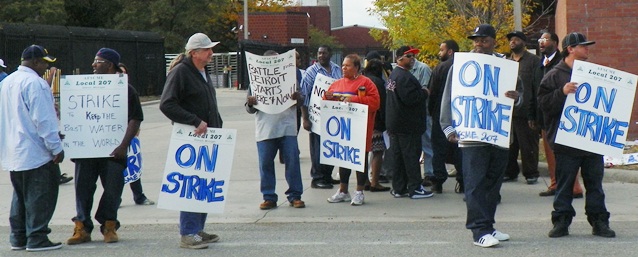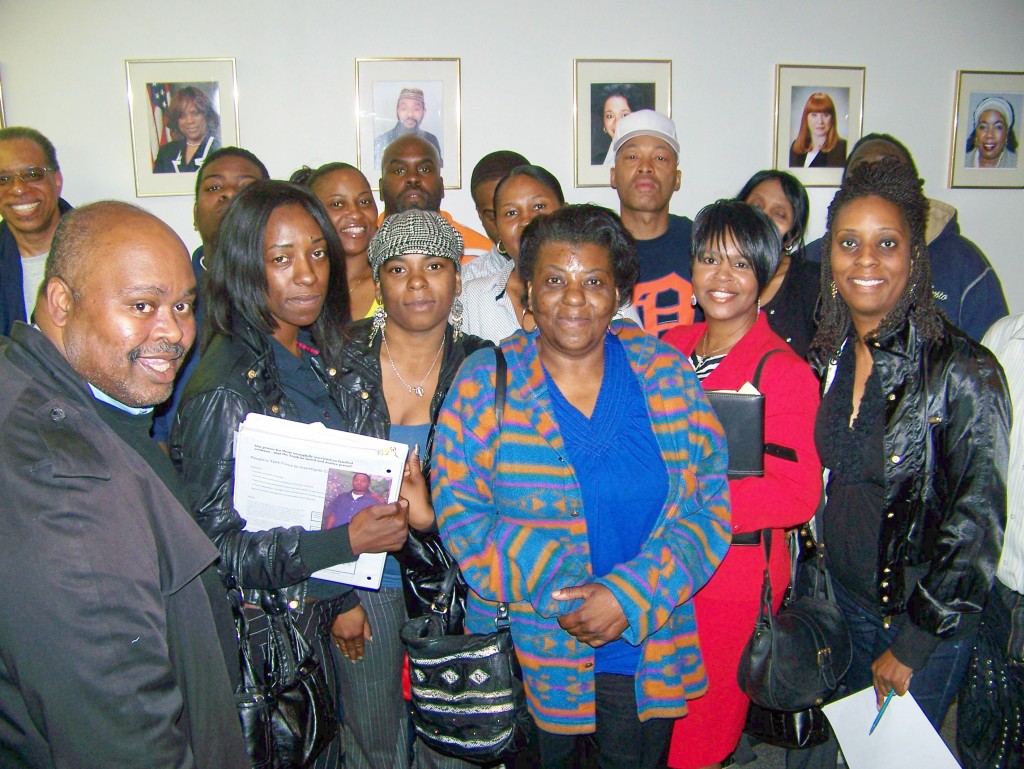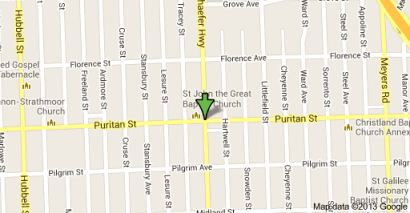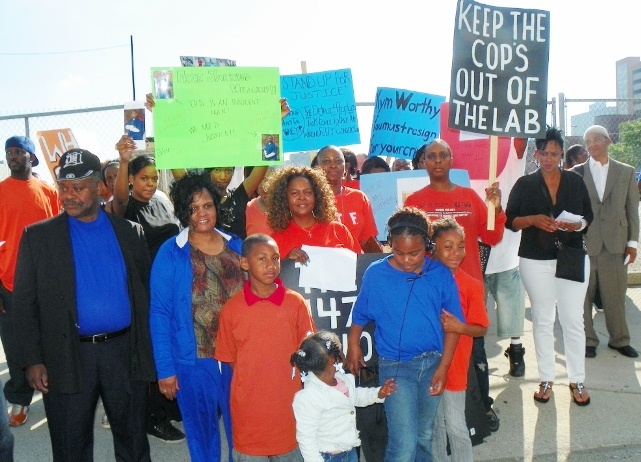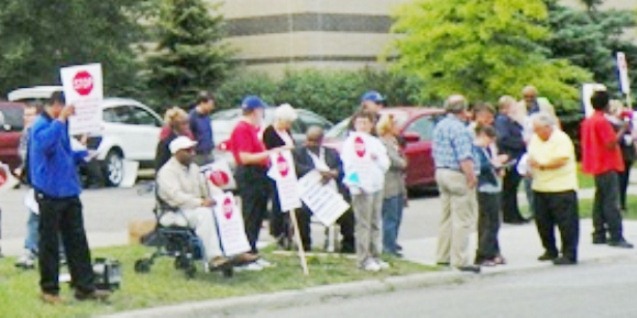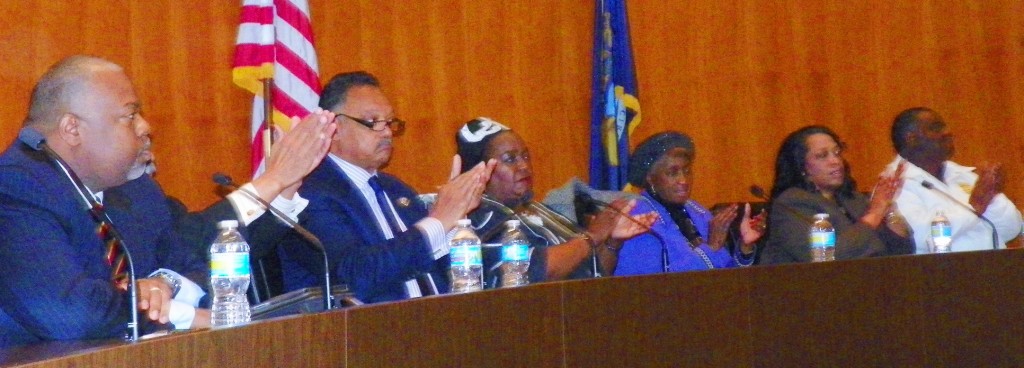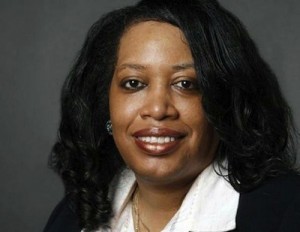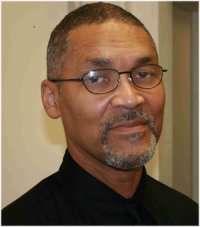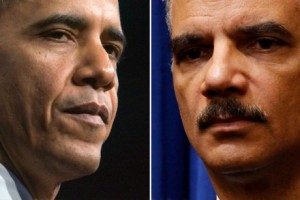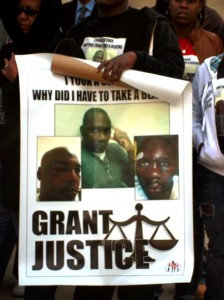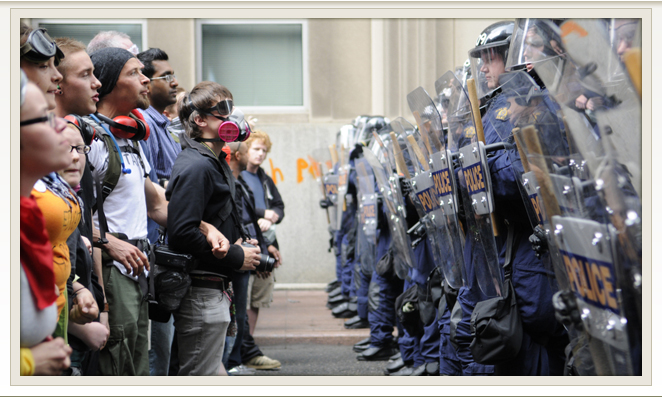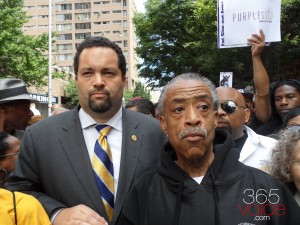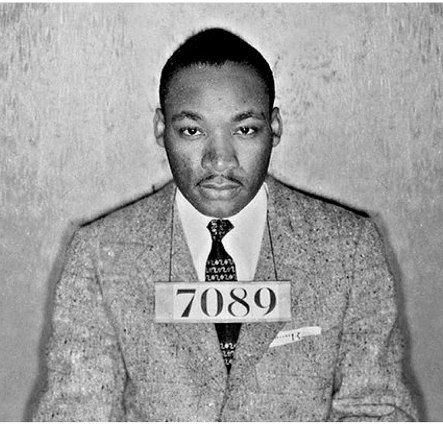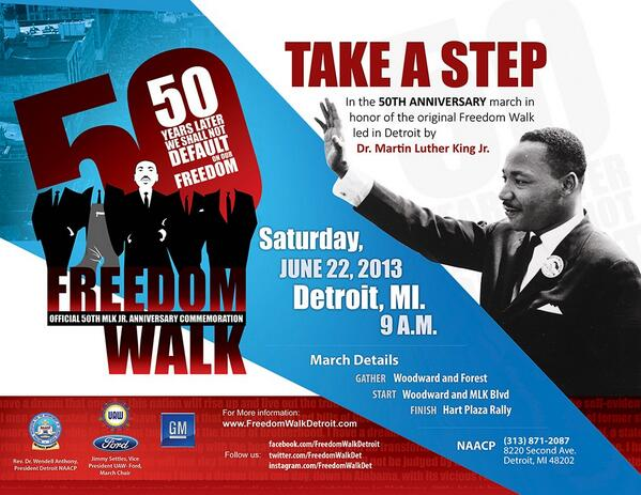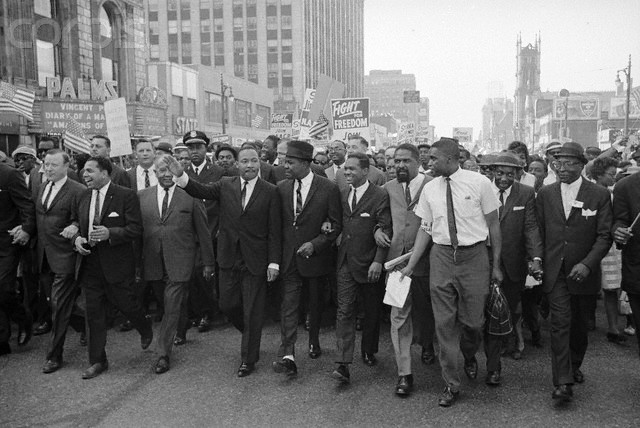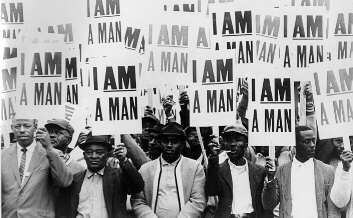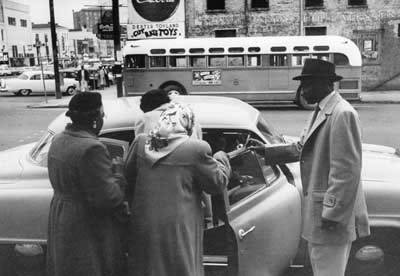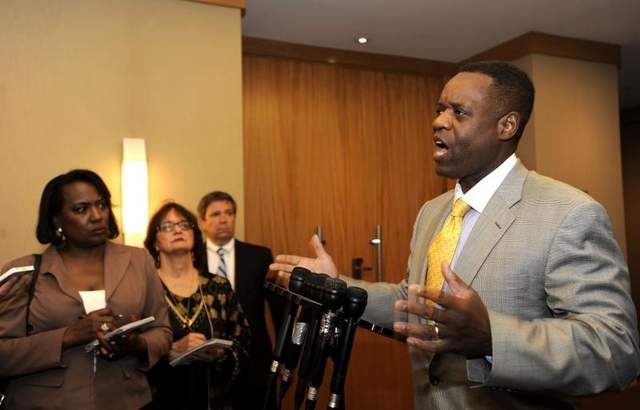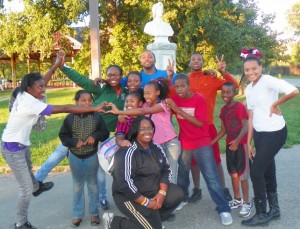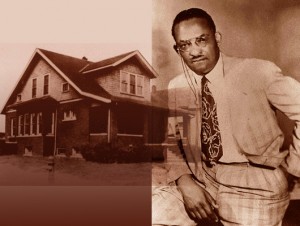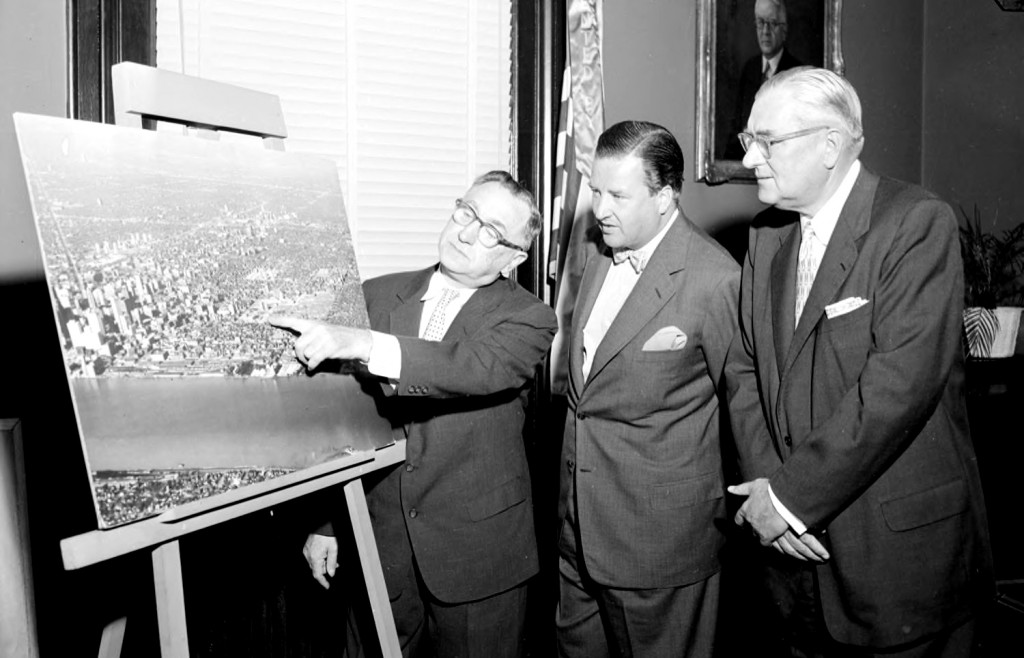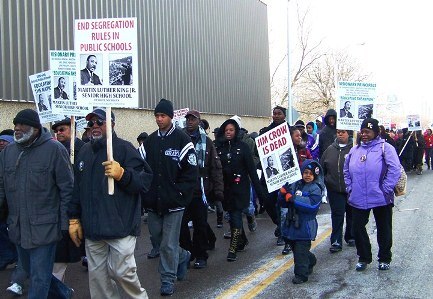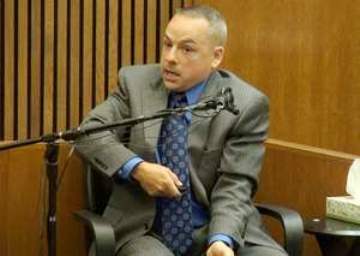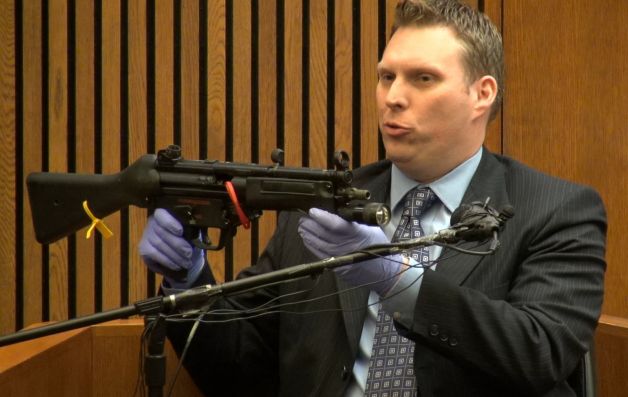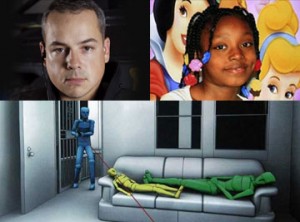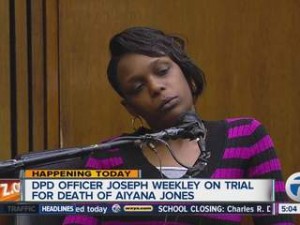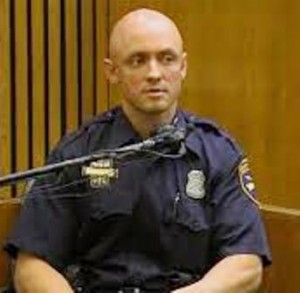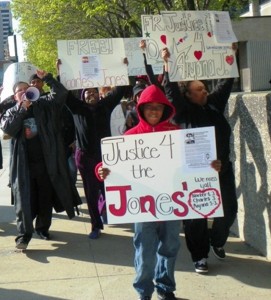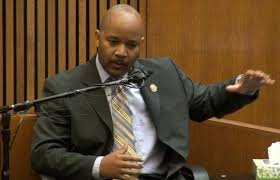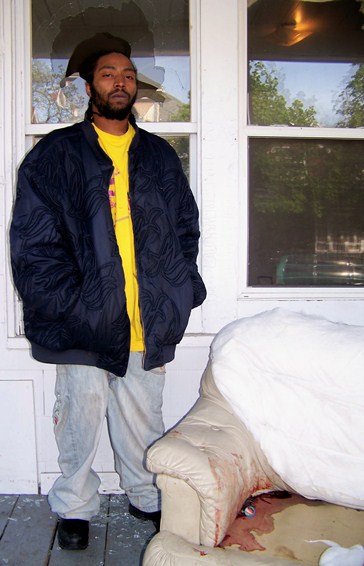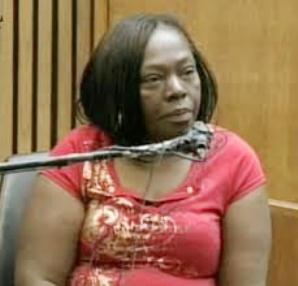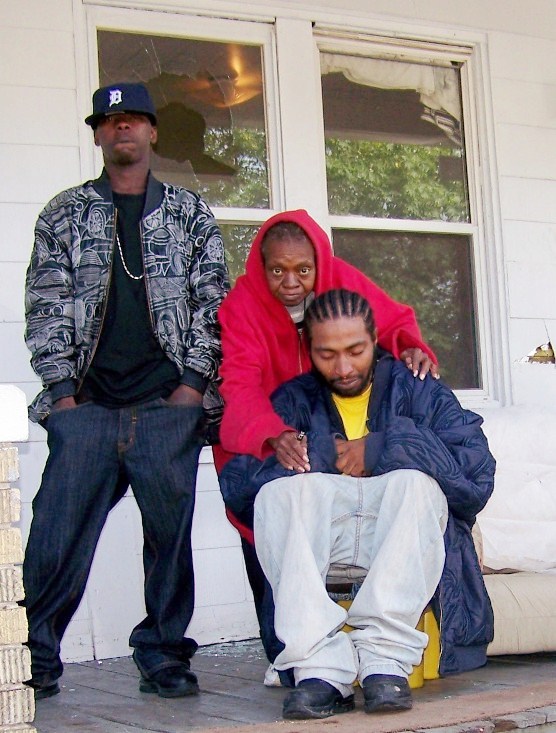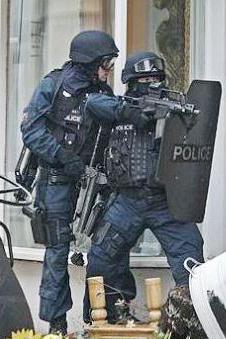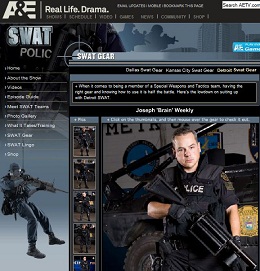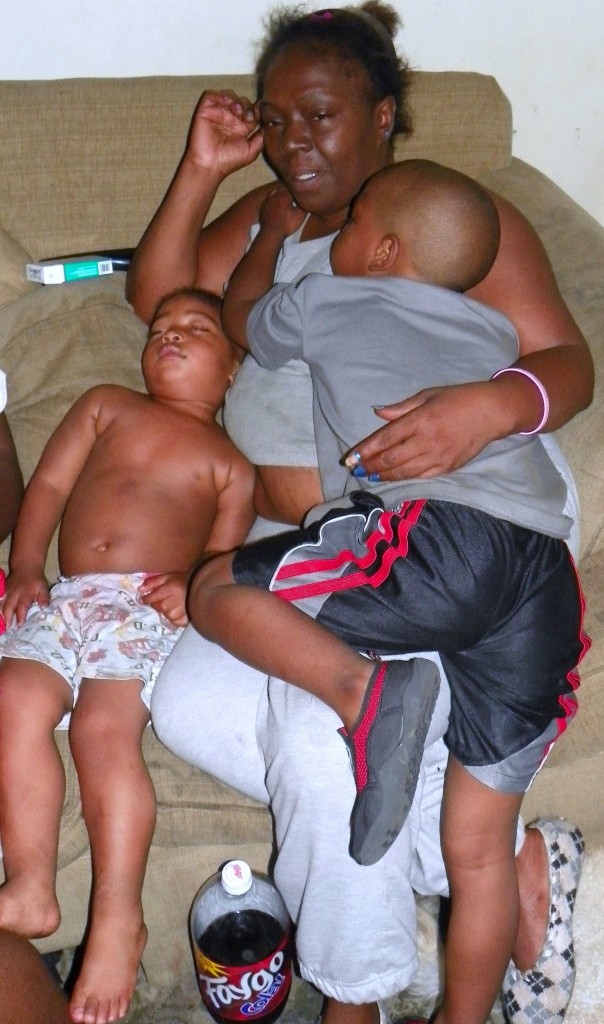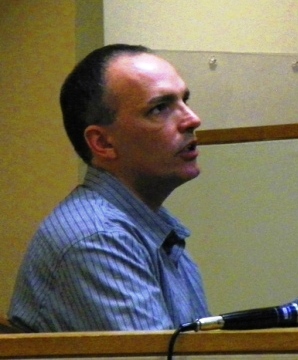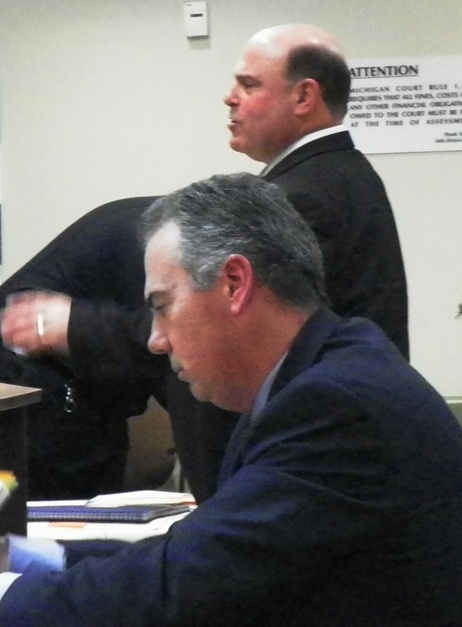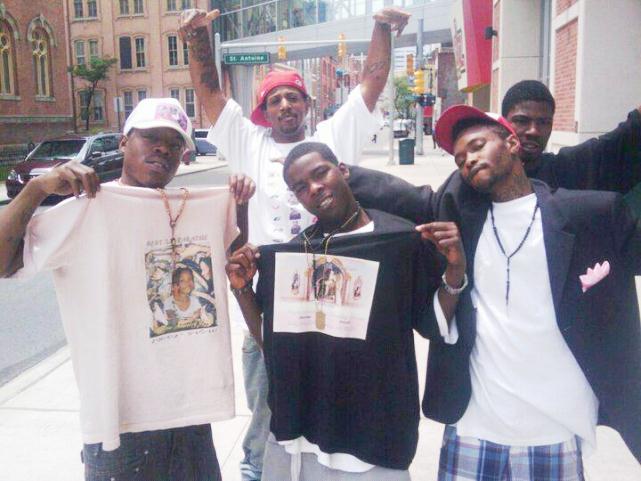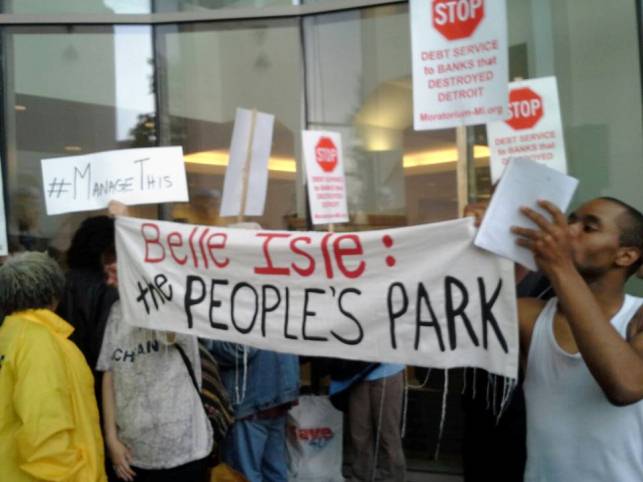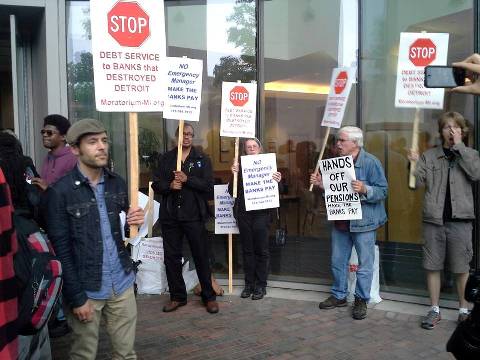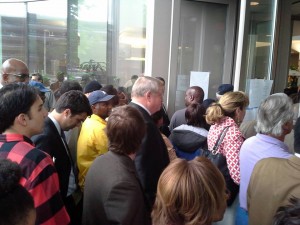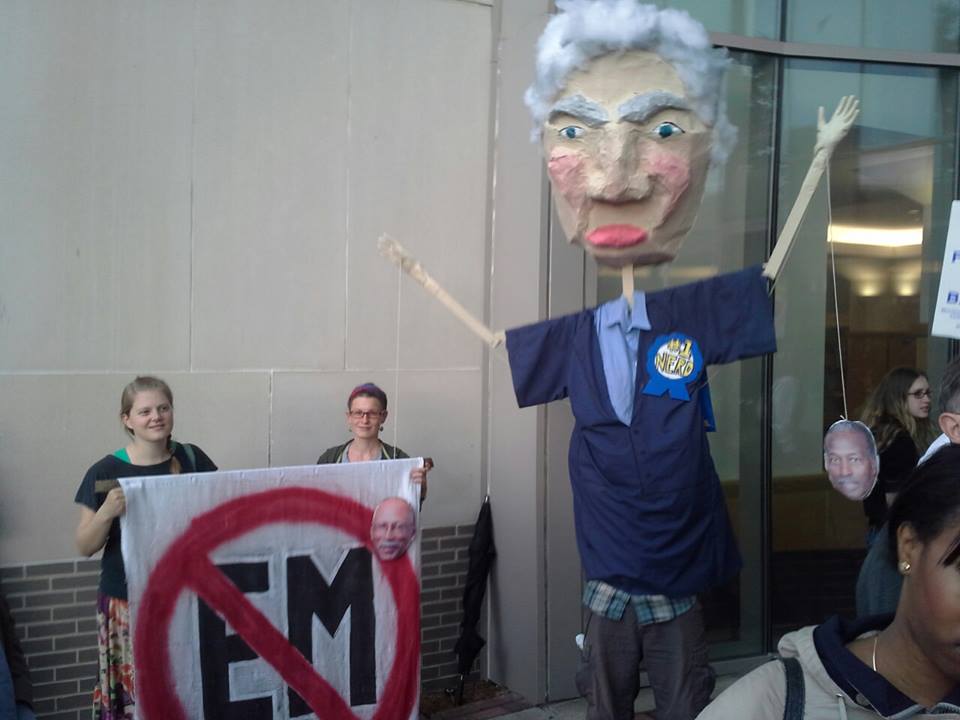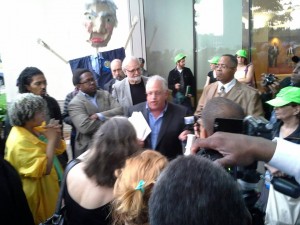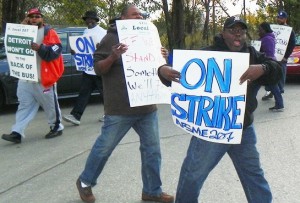VOD ed.note: ‘Detroit Goddam’
This essay was sent by VOD video/reporter Kenneth Snodgrass. It is being published appropriately at a time when Detroit, the largest Black majority city in the country, faces dismemberment by the white supremacist ruling class including the banks, corporations, and their politician lackeys. Jackson, MS, as the essay notes, is the second largest Black majority city in the country. Chokwe Lumumba was born in Detroit and helped form the Republic of New Afrika here.)
Jackson, MS. Mayor Chokwe Lumumba’s victory speech in its entirety: https://www.facebook.com/photo.php?v=10151668360718738
The Jackson Plan, the program of the Malcolm X Grass Roots Movement and the Jackson People’s Assembly, the basis of Lumumba’s platform.
June 5, 2013
“His election is a lightning bolt: Has anyone with Lumumba’s deep radical political history and who still leads a radical black organization ever been elected mayor of a significant U.S. city?”
JACKSON, MS –Chokwe Lumumba–a founder and leader of the Republic of New Afrika, the New Afrikan People’s Organization and Malcolm X Grassroots Movement, defense attorney for Tupac Shakur and others, and a first term city councilman–is the new Mayor of Jackson, Miss. His June 4 victory is a stirring tribute to the courageous Mississippi civil rights leader Medgar Evers who fifty years ago on June 12, 1963 was gunned down at his Jackson home.
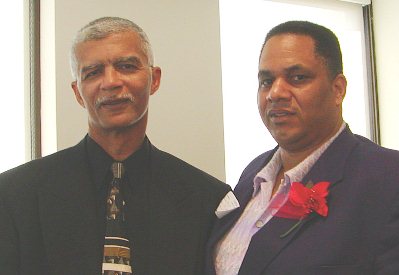
Chokwe Lumumba with Detroit peoples’ activist and advocate Cornell Squires during an appeals court hearing in Detroit in 2011. Photo by Diane Bukowski
In a stunning turn of events Chokwe defeated Jackson’s three-term incumbent and first African American mayor Harvey Johnson, the white Republican-financed young Black businessman Jonathan Lee, and others to win leadership of the city with the second highest percentage of Black people in the United States.
I was privileged to briefly participate in the victory of one of the most radical mayors in U.S. history, right in the heart of Dixie, and to glimpse a new Black-led progressive coalition that intends to fight for the state. Nina Simone famously cussed Mississippi white supremacy in her 1964 civil rights anthem “Mississippi Goddam.” (see video above.) The election of Chokwe Lumumba is now an occasion to say “Jackson Hell Yes!”
‘Impressed with the People’
Jackson has a partisan mayoral electoral system that allows all voters regardless of party affiliation to cast ballots in any party’s primary election. With their deep pockets and high turnout bloc voting, this so-called “crossover primary” often enables Mississippi’s ultra-conservative white voters and businessmen to influence the candidates of both parties. Not this time.
In a reversal, the near unanimous financial and political support that whites gave Jonathan Lee backfired. By depriving incumbent Johnson of their support, whites inadvertently helped Lumumba upset Johnson in the primary. And in the Lee/Lumumba runoff the full throated white backing of Lee helped most Black voters come crystal clear who he really represented in stark contrast to the powerful progressive grassroots candidacy of Chokwe Lumumba. Lee flaunted his deep pockets by filling the airwaves with dire warnings of Lumumba’s “militancy,” “divisiveness” and “anti-Christianity,” but a large Black majority went for Lumumba in huge percentages.
Lumumba told the Clarion Ledger, “I was even more impressed with the people and…their ability to, I think, take on the issues and to see through what I think in many instances was misdirection. They [voters] had a lot of distractions, and they saw through them.”
21st Century ‘Mississippi Goddam’ persists: about ninety percent of the state’s whites regularly cast their ballots for Republicans thereby continuing the historic dominance of white supremacy in the state. Blacks became the majority in Jackson in the 1980s, but were unable to elect the first African American mayor until 1997.

Jackson, Mississippi – March 24, 2009) – Harvard Alternative Spring after-school prograsm for youth. Staff Photo: Kris Snibbe/Harvard News Office
Jackson is the capital of the poorest state in the union. Eighty percent of its 188,000 residents are African American, a percentage surpassed only by Detroit. Despite the growing “reverse Black migration” from the North to the South in recent decades that has lifted the percentage of Blacks living in that region to its highest rate since the 1950s, Jackson is losing population and resources. The city lost 19,485 white residents from 2000 to 2010, even as it added 7,976 black residents.
While most U.S. cities are experiencing gentrification, Jackson is still dealing with white flight—and resources are fleeing with them. But it would be a big mistake to write off Mississippi as redneck Tea Party territory. Mississippi is also the state with the highest percentage of Black voters in the nation, about 35 percent. Black Mississippians have one of the proudest and most courageous histories of freedom struggle in the country.
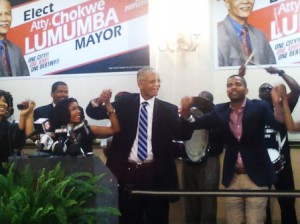
Chokwe Lumumba with sone Chokwe Antar, daughter Rukia, and supporters celebrate victory June 5, 2013.
Mississippi also has a growing Latino population. Members of the Mississippi Immigrant Rights Coalition, acting as individuals, played a strong role in Lumumba’s election. In fact the Republicans have a mere three seat majority in the Mississippi House of Representatives. And, shocking all “common sense” about Mississippi politics, a proposed state constitutional amendment defining “personhood” as beginning at conception and prohibiting abortion “from the moment of fertilization” was defeated by 55 percent of voters in Nov. 2011.
Derrick Johnson, State President of the Mississippi NAACP and Executive Director of One Voice which played a key role in defeating the amendment, told me, “Politics in the state are often defined by race or religion. But many people, especially white women, felt that the personhood ballot initiative went too far, and voted against it based on their personal interests. This is promising for the future of Mississippi politics.”
The Stars Align in the Primary
Jackson is 80 percent Black, so the Democratic primary is where the main electoral action takes place. However, the wild card is Jackson’s crossover primary system that allows any voter to participate in any party primary or runoff. In fact Mississippi does not require political party registration. There were numerous candidates on the May 7 Democratic primary ballot for mayor, but four Blacks led the way. Going in, the favorites were incumbent Mayor Harvey Johnson and 35-year-old businessman Jonathan Lee who billed himself as representing a new generation of Black leadership. Councilperson Chokwe Lumumba and attorney Regina Quinn were considered long shots.
Below is video of Nina Simone singing “Mississippi Goddam”
As mentioned white business interests shunned Johnson and white voters came in big behind Lee by about ninety percent. The Jackson Free Press reported that Lee contributors had previously given more than $1.25 million to Republicans such as Mitt Romney. Lumumba and Johnson each took about 30 percent of the Black vote with Lee and Quinn garnering about 15 percent of African Americans. In an upset, Lumumba managed to narrowly edge out Johnson to make the runoff due to the white racial block vote for Lee, the splintering of African American middle class voters among all four main candidates, and a big turnout for Lumumba by Black voters, especially in his City Council district, the largely affluent and Second Ward.

Mayor Lumumba named himself in honor of Patrice Lumumba, revolutionary leader of the Congo, murdered by CIA.
Upon his election as city councilman four years ago, Lumumba had organized a People’s Assembly in the Second Ward to educate and activate his constituents. Four years later that People’s Assembly urged Lumumba to run for Mayor and helped draft his program, the Jackson Plan (see link at top of story). The big turnout was the fruit of that bottom up nomination process. Overall, 30.7 percent (34,652) of Jackson’s 110,000 voters cast ballots, slightly higher than the previous mayoral race. Lee took 34.2% (11,929); Lumumba won 24.7% (8,290); Johnson 21%; and Quinn 11 percent.
Lumumba defeated Lee in 56 of Jackson’s 89 precincts, but white voter turnout was more than twice that of Blacks. In the four highest-percentage voting precincts in the predominantly white Wards 1 and 7, Lee crushed Lumumba 2,087 votes to 20. Jackson voters signaled that they wanted new leadership, but the question was, who would turnout to vote and what kind of new leadership did they want: the activist veteran Lumumba or the business candidate Lee?
Down and Dirty Runoff
The challenge facing Lumumba in the runoff was daunting. Overall he was outspent by Lee $410,109 to $100,710. And to win he had to turn out and carry virtually all of the Black voters who had supported incumbent Johnson and attorney Quinn in the primary. Continue reading


